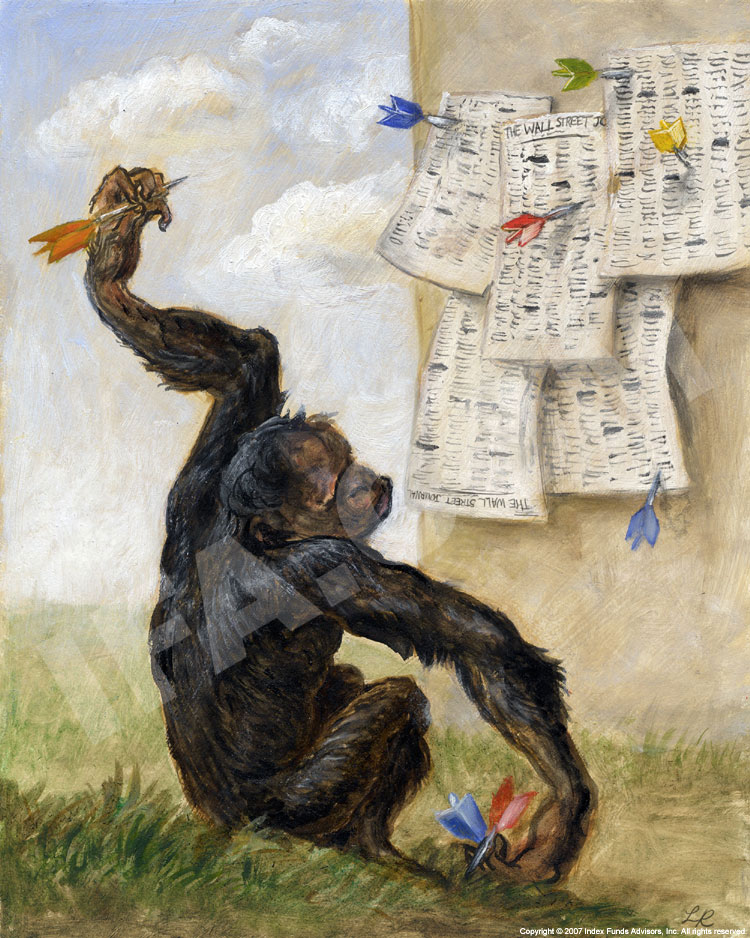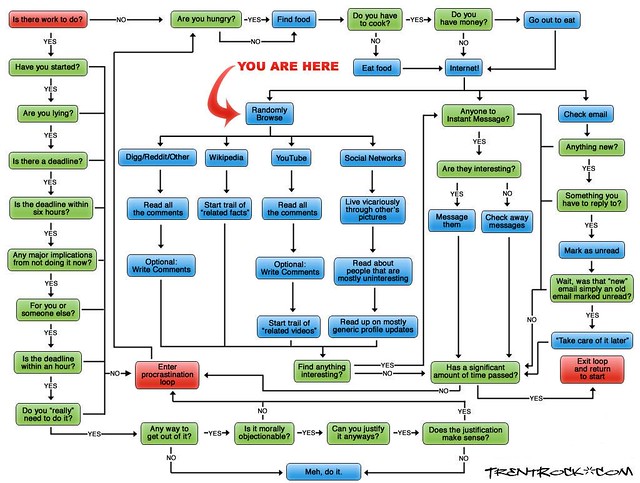There was one significant factor in greater prediction success, however, and that was cognitive style: “foxes” who know a little about many things do better than “hedgehogs” who know a lot about one area of expertise. Low scorers, Tetlock wrote, were “thinkers who ‘know one big thing,’ aggressively extend the explanatory reach of that one big thing into new domains, display bristly impatience with those who ‘do not get it,’ and express considerable confidence that they are already pretty proficient forecasters.” High scorers in the study were “thinkers who know many small things (tricks of their trade), are skeptical of grand schemes, see explanation and prediction not as deductive exercises but rather as exercises in flexible ‘ad hocery’ that require stitching together diverse sources of information, and are rather diffident about their own forecasting prowess.”Financial Flimflam: Why Economic Experts' Predictions Fail
“If the professional economists can’t predict economies and professional forecasters can’t predict markets, then what chance does the amateur investor have? You know the answer already, which brings me to my own ‘cocktail party’ theory of market forecasting, developed over the years of standing in the middle of living rooms, near punch bowls, listing to what the nearest ten people said about stocks.
In the first stage of an upward market – one that has been down awhile and that nobody expects to rise again – people aren’t talking about stocks. In fact, if they lumber up to ask me what I do for a living, and I answer, ‘I manage an equity mutual fund,’ they nod politely and wander away. If they don’t wander away, then they quickly change the subject to the Celtics game, the upcoming elections, or the weather. Soon they are talking to a nearby dentist about plaque. When ten people would rather talk to a dentist about plaque than to the manager of an equity mutual fund about stocks, it’s likely the market is about to turn up.
In stage two, after I’ve confessed what I do for a living, the new acquaintances linger a bit longer – perhaps long enough to tell me how risky the stock market is – before they move over to talk to the dentist. The cocktail party talk is still more about plaque than about stocks. The market is up 15 percent from stage one, but few are paying attention.
In stage three, with the market up 30 percent from stage one, a crowd of interested parties ignores the dentist and circles around me all evening. A succession of enthusiastic individuals takes me aside to ask what stocks they should buy. Even the dentist is asking me what stocks he should buy. Everybody at the party has put money into one issue or another, and they’re all discussing what’s happened.
In stage four, once again they’re crowded around me – but this time it’s to tell me what stocks I should buy. Even the dentist has three or four tips, and in the next few days I look up his recommendations in the newspaper and they’ve all gone up. When the neighbors tell me what to buy, and then I wish I had taken their advice, it’s a sure sign that the market has reached a top and is due for a tumble.”
Peter Lynch, One Up On Wall Street
Even if they did, they would shy away from forecasting. The main advantage that academic economists’ have over professional forecasters may be their greater awareness of established relationships between factors. What is hardest to forecast, though, are turning points – when the old relationships break down. While there may be some factors that signal turning points – a run-up in short-term leverage and asset prices, for example, often presages a bust – they are not infallible predictors of trouble to come.Why Did Economists Not Spot the Crisis?
The actual year-end 10-year yield was 31% higher than the average of the economists' estimates made less than three months earlier.An Economic Forecasting Fiasco: What Pro Economists Predicted For QE2 And Treasury Yields
The truth is that our knowledge of the complex system called the economy is woefully inadequate and may always remain that way. We ask too much of economics. Even our best attempts to measure the job impact of the stimulus spending make this clear. In November of 2010, the CBO estimated that the stimulus had created between 1.4 and 3.6 million jobs. Not a very precise estimate.Congressional Testimony on the Stimulus
The discussion largely centers around the weak version which says that, while market prices may not always be a great guide to real economic forces, their movements are not systematically predictable. At every moment, prices reflect all the forecasts of all the market participants who, between them, have access to all potential information and ways of utilizing it. A price moves only when new information arises. But to be truly new, this information has to be unpredictable—otherwise it is simply an inference from information that already exists. Because the information is unpredictable, so is its effect on prices. The randomness of price movements in turn implies that no one can outperform the market in betting on where they will go.Why the Efficient Market Hypothesis (Weak Version) Says Nothing about the Ability to Identify Bubbles
I have no problem with this. The fallacy arises when this argument is invoked to deny the possibility that economists can identify bubbles in real time. If you’re so smart you can spot a bubble, why aren’t you rich? If people could spot bubbles with any predictability, then the EMH would be wrong—but we know it’s right.
One way to interpret this is that the economics profession was not fully accounting for the economy’s human element, an element that can’t be reduced to mathematical analysis.A People’s Economics
The relatively few professional economists who warned of the current crisis were people, it seems, who not only read the scholarly economics literature, but also brought into play more personal judgment: intuitive comparisons with past historical episodes; conclusions about speculative trading, price bubbles, and the stability of confidence; evaluations of the moral purposes of economic actors; and impressions that complacency had set in, lulling watchdogs to sleep.
The This American Life program reported that massive and sophisticated computer modelling of economic forecasts results in not particularly high levels of accuracy. There is too much chaos in the world – chaotic randomness, including national and global political events – for modelling to be that effective in increasing forecasting accuracy.
Also, the program reported that the forecasters find it very difficult to admit that their forecasts are wrong – their egos get in the way when they need to revise their forecasts.Witches, ghouls and economic forecasting
Economic forecasting delusions
Forecasters collectively have tended to make the largest
errors during periods that included either turning points
in the business cycle or significant shifts in the trend rate
of growth of labor productivity. Large changes in oil
prices—apart from their role in precipitating business
cycles—also cause errors in forecasts of inflation.
CBO’s Economic Forecasting Record: 2010 Update
The result? More often than not, the dart board beats the traditional, technical analysis methods of trading stocks! One group of dart-board investors beat the S&P 500 without fail for 12 consecutive years, and realized an impressive 23.4 return on their dart board stock selectionsAstrology and the Stock Market: “Astro Investing”



 Procrastination Flowchart 2.011 by Trent Rock's Visual Vices, on Flickr
Procrastination Flowchart 2.011 by Trent Rock's Visual Vices, on Flickr